Are you looking for magazine quality interiors without having to undertake significant work on the structure of your home? Then you require the services of an FF&E specialised interior designer.
FF&E is basically all of the moveable items placed within a property, it may also include decorative wall or ceiling feature’s, which although fixed, make up an important element of FF&E design.
Professional interior design is not about selecting cushions it is more akin to a science based on 6 fundamental elements and keeping these elements balanced is the key to creating an aesthetically pleasing and functional interior… getting the balance wrong can make an interior confused, unappealing and uncomfortable.
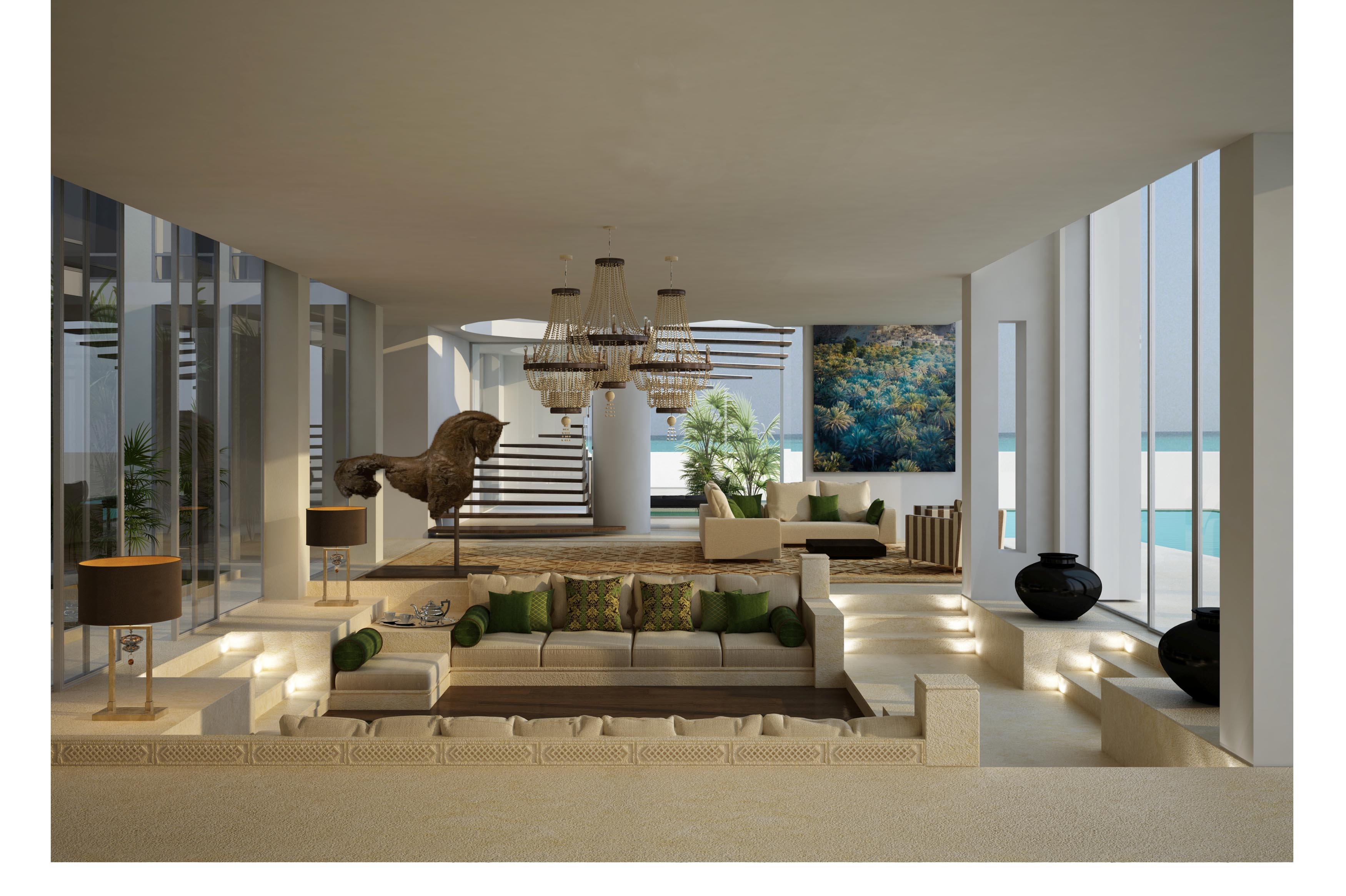
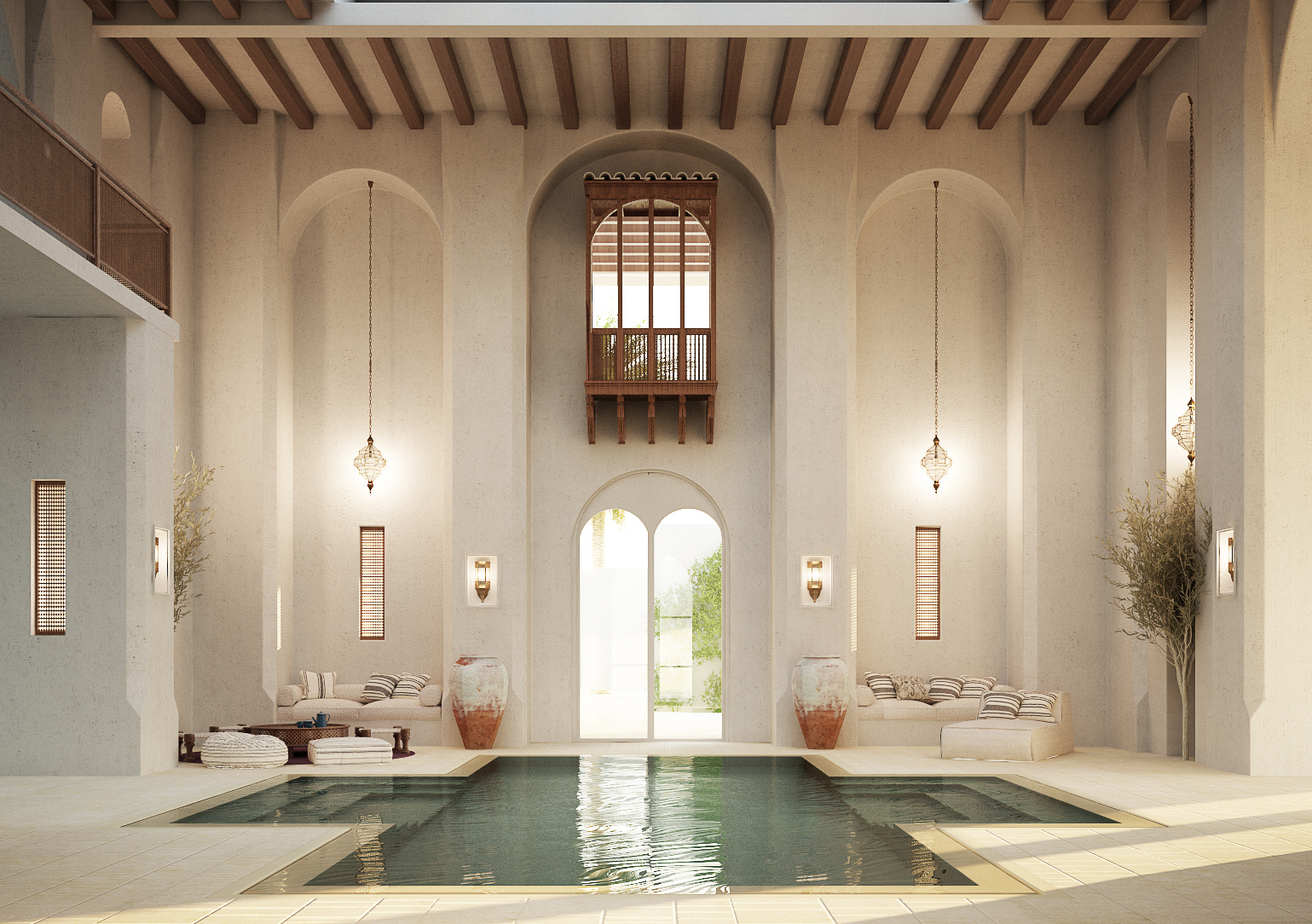
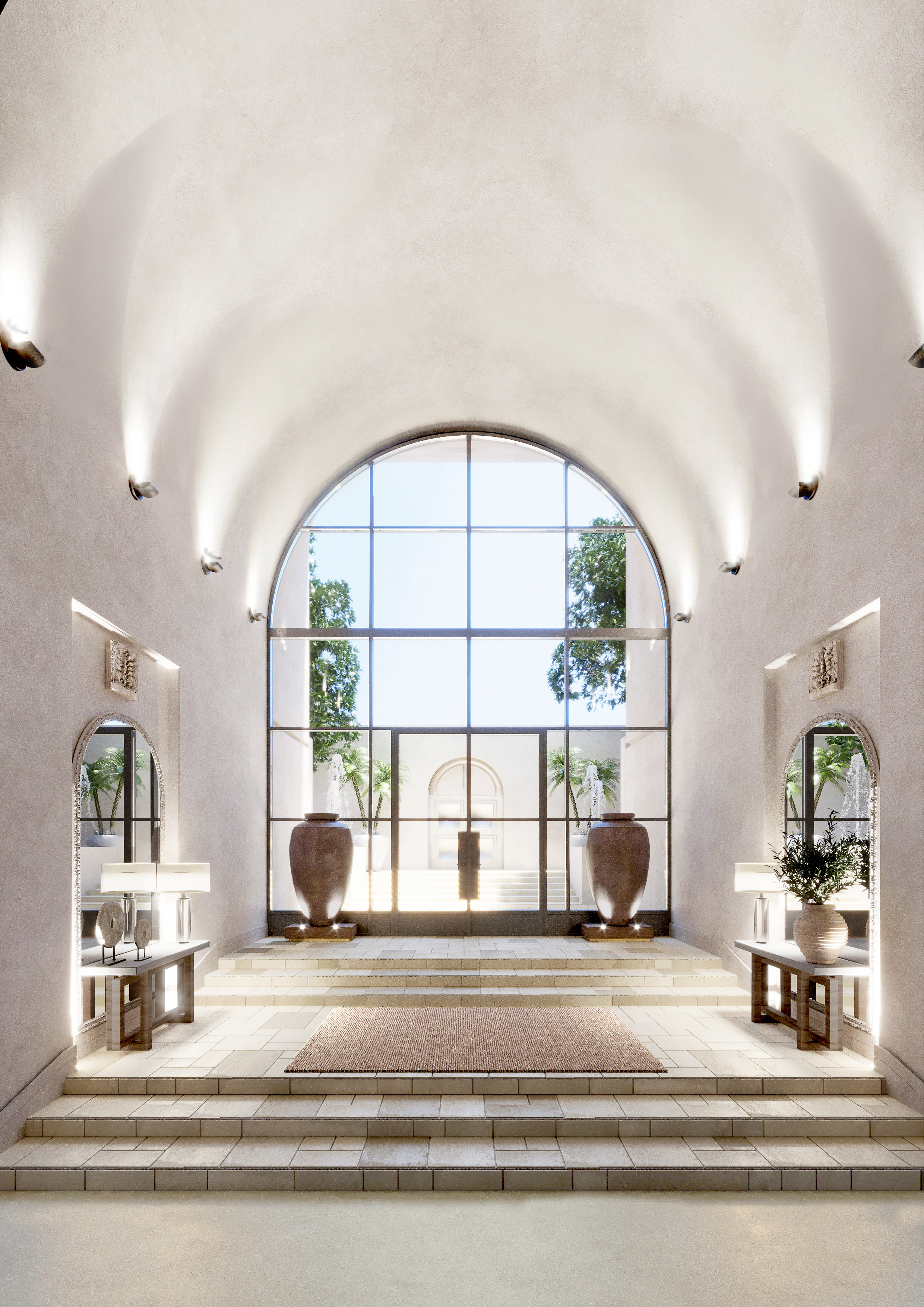
Space, put simply, is the volume within each room of your interior which is composed of positive space (containing objects) and negative space (empty / open areas).
As we analyse the individual spaces within your home and consider their function, your needs and the elements that will make up your new interior we will create an equilibrium between the positive and the negative in order to avoid a feeling of overcrowding or sparseness. We will also play with the scale and size of individual furniture pieces in order change how large or small spaces appear according to the desired final result before preparing “to scale” rendered room layouts reflecting each component that will make up your interior. In this way guaranteeing the perfect balance of space, scale and size before you start shopping.
Form refers to anything that is three dimensional in an interior. Forms can usually be described as either geometric or natural. Geometric refers to hard lines and square edges, while Natural relates to more organic forms with softer lines.
As we consider form in your interior schemes, we will consider the proportions and scale of each room in your interior and compare these to the objects we propose to be place in them. The most harmonious interiors are created through adding forms of similar shape as opposed to including objects of varying shapes which can create a sense of conflict.
Natural or man-made light is a critical aspect of any space, it defines colour, line and texture and creates an ambiance.
Natural lighting, where structural intervention is not a consideration, is related to your existent windows, their size and orientation. However where required, we will manipulate the level of lighting in your interiors to make dark rooms brighter through the use of carefully positioned mirrors and make the light in overly bright rooms gentler through the use of screens, drapes etc.
Electrical Lighting is equally important to any interior scheme and is usually broken down into three categories:-
As we select the electrical lighting for your interiors, we will consider the activities that will be undertaken in the space. For example, your kitchen will likely require brighter lighting than your bedroom, were softer lighting may be applied. We will also employ the use of dimmer switches with which we can create very different moods and atmospheres within the same rooms at different times of day, thereby ensuring the interior is always set off to its best advantage.
Colour has the ability to create mood and alter the perception of how large or small a space is. It can also evoke memories and stir emotions, stimulating physical and psychological response’s. For example, greens and blues entices calmness, whilst yellow is vibrant and entices feel good emotions.
As we consider the colour schemes of your interior, we will first think about what each room will be used for and the activities that will occur in that space. Secondly, we will consider how both natural and artificial lighting will affect your preferred colours during the day and night, given that light alters our perception of colour. Finally, we will consider the size of the spaces proposing lighter colours in smaller rooms to give the illusion of more space, whilst indulging with darker colours in larger spaces.
Texture refers to the tactile surface of an object or finish. Mixing textures within a space creates a subtle sense of depth, making it visually pleasing to the eye. Visual texture refers to texture that is perceived by the eye and is usually found in the form of pattern, whilst Actual textures can be seen or felt and has 3D characteristics such a fluffy, colourful cushion.
As we decide upon the furniture, fabrics and accessories to be used within your home, texture will be an important criterion, as it plays a part in every object in the room and requires careful consideration from the outset.
Paired with colour, pattern offers a similar use to texture in that it can add appeal to a room. A pattern is created by the use a repetitive design and can be found in wallpaper, soft furnishings, rugs and fabrics. Patterns come in various types, such as stripes, geometric, pictorial, organic, motif and animal prints.
When deciding how to implement pattern, we will first evaluate the size and style of the room as introducing too much pattern in a small room can overwhelm the space, whilst large scale patterns can flourish in a large space and become a distinct focal point to the room. In selecting the precise patterns we will also ensure that the pattern work works within the overall identity of the room to ensure the essence of the interior is maintained.
Creating a beautiful interior is challenging and if you feel that your property needs to be designed professionally to achieve the desired result based on the principals above, we would love to discuss our FF&E design service in more detail with you.
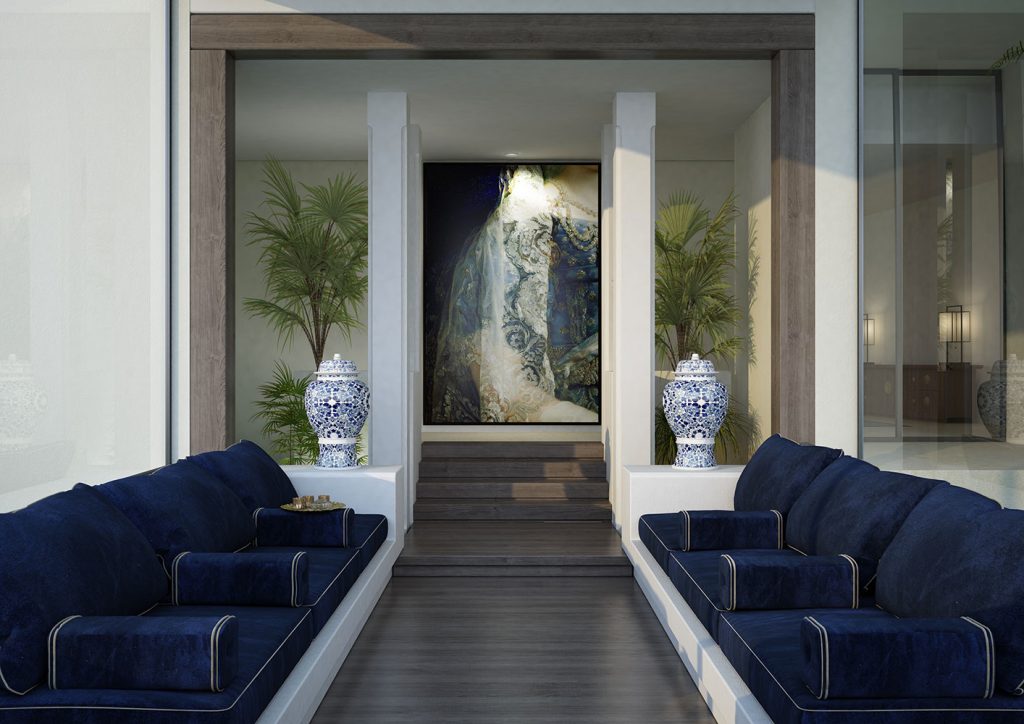
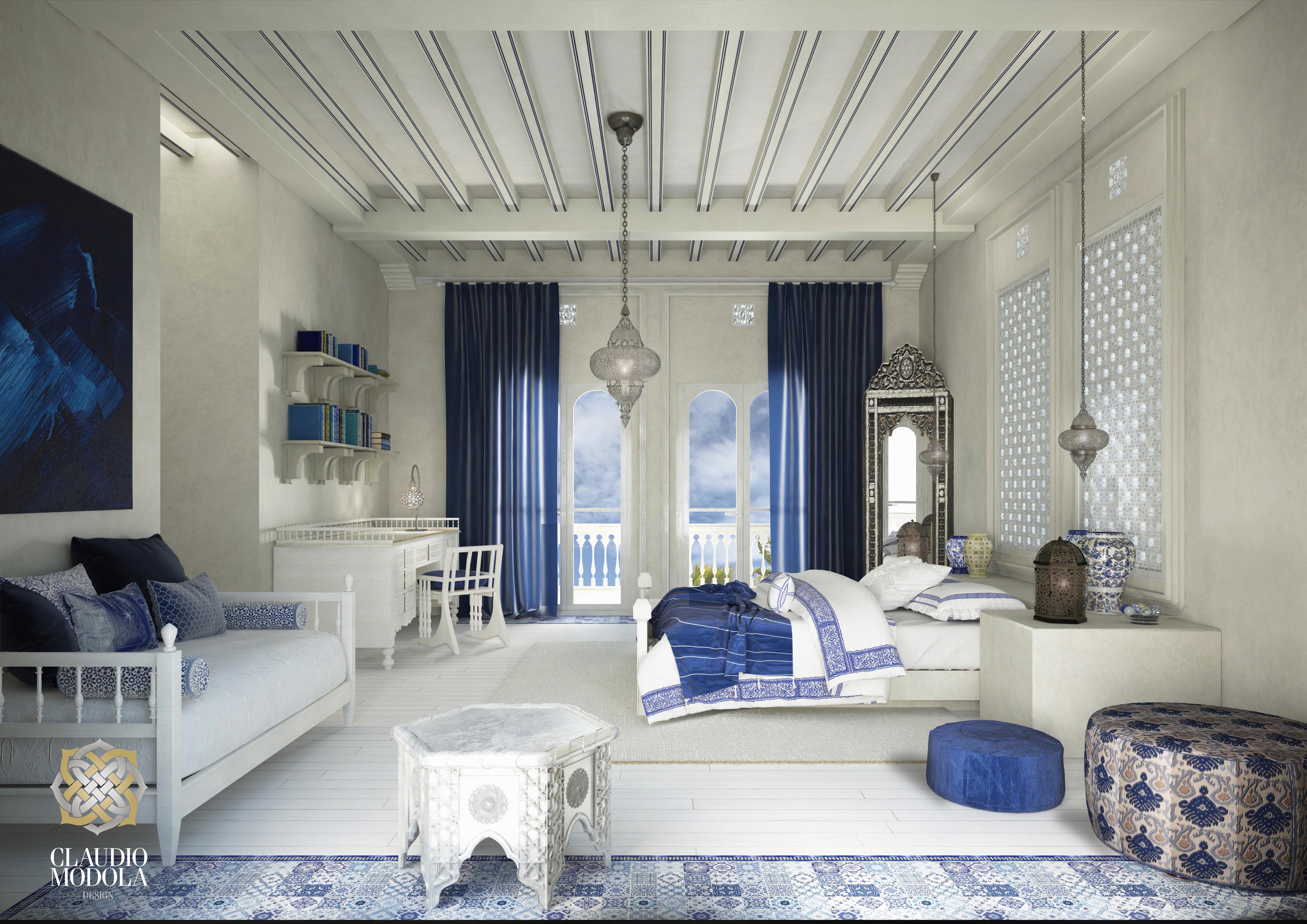
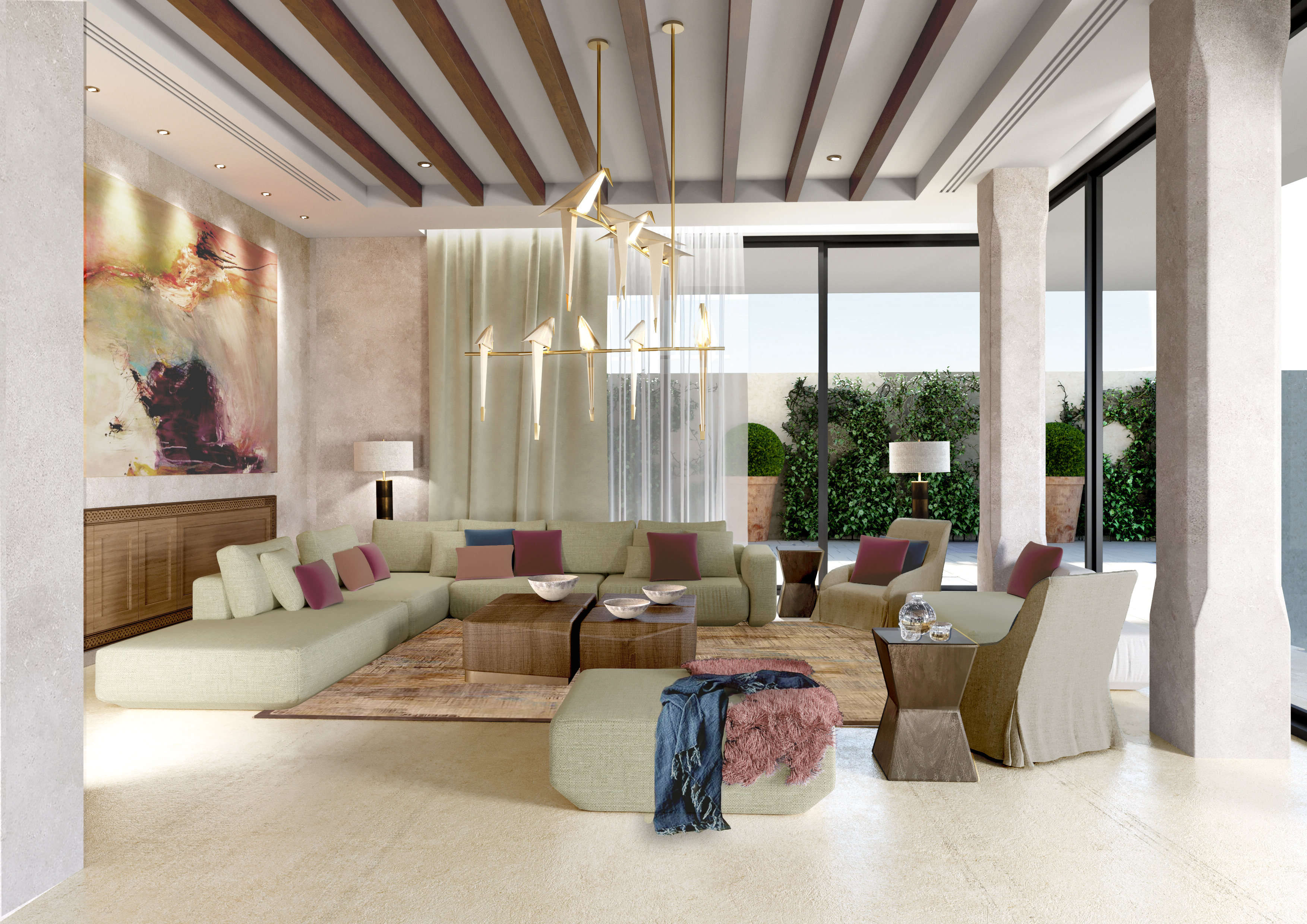

1 - Review our FF&E design service, in order that the scope is covering everything your interior requires.
2 - Get in touch to tell us about your project by phone or email.
3 - Send us the architectural drawings of your property for review of the areas to be designed (if unavailable a surveyor can be arranged to provide the required drawings).
4 - Upon review we will schedule a video call or arrange to meet in person to discuss your project, your lifestyle needs and aesthetic preferences etc in more detail.
5 - We will then provide you with an FF&E Design services proposal which will explain how we can help, our scope of services, what we will provide etc inclusive of fees for the same.
6 - After exchange of our design services contract we will start the FF&E design process in close communication with you.